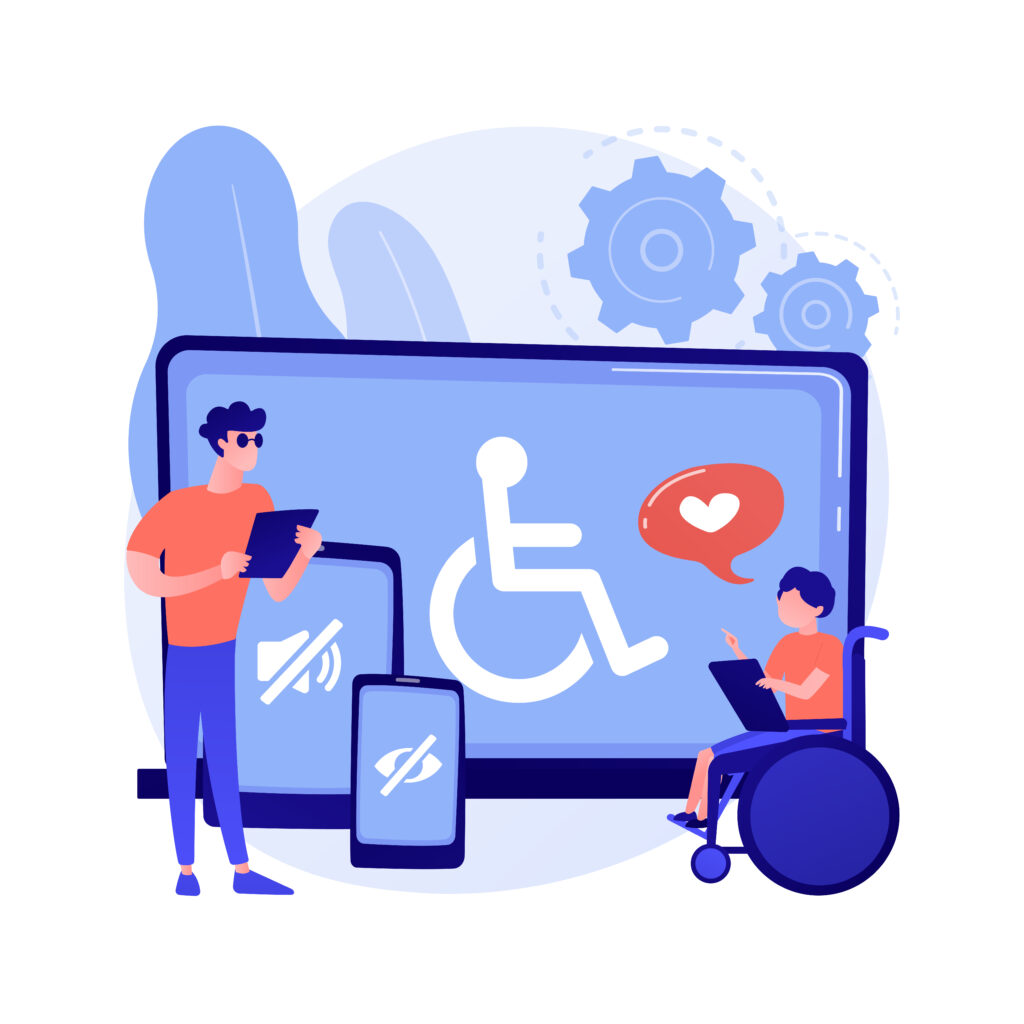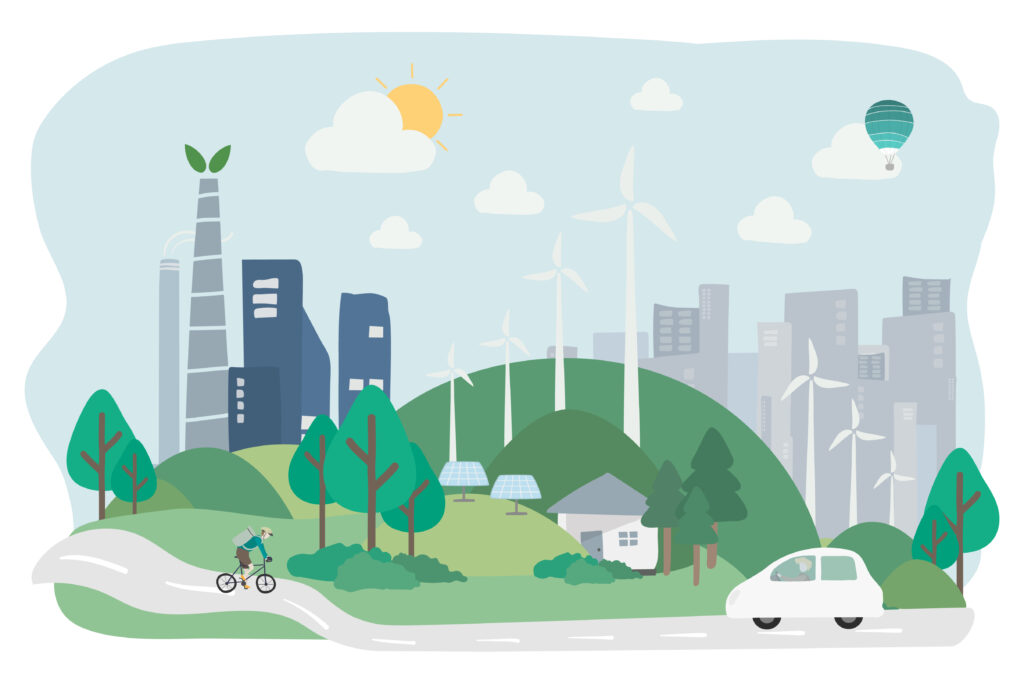In our recent blog post on the history and evolution of the PDF format over the past 30 years, we explored how the format came to be, which problems or issues it was meant to tackle to begin with, and how it has evolved into THE format for creating and sharing documents. We also stated that, even after 30 years, the format is constantly being developed further, so we decided to dedicate this blog post to playing with our crystal ball and trying to predict what is in store next for the beloved document format of choice for most of the world.
The name of the game is interactivity
One of the ways PDFs have changed over the years lies in incorporating elements of interactivity into our documents. Sure – adding a hyperlink or a picture might have been the best you could do years ago, but with the development of the format, many new features and options have popped up to make your PDF documents more interactive. These days, one can embed all sorts of elements into your document, allowing for a far better user experience. These elements can include audio, video, or even forms – all providing a seamless look and feel for your final document. These possibilities fuel the rise of interactive magazines, product catalogues, or academic materials used in teaching.
Augmented Reality
With Industry 4.0 making giant leaps, our workplace is becoming increasingly interactive. One example of bringing interactivity to the shop floors at our factories and warehouses is the use of Augmented Reality. Already piloted by companies, both small and large, digitised PDF user manuals combined with AR equipment greatly enhance maintenance and operational processes, giving the users an interactive way of engaging with supporting documentation and allowing for faster and more informative maintenance process handling. Augmented reality is also an excellent tool for assembling orders at a warehouse based on picking lists generated automatically from your CRM. Augmented reality will help warehouse workers locate goods, tick off items on the packing list, and ensure the order is fulfilled correctly.

Security, traceability, integrity
Increasing data security is not only relevant for sensitive sectors these days – massive data breaches, GDPR, and general traceability of changes in data structures have led to the need to integrate superior tools to serve these purposes. In the future, we could expect PDFs to include enhanced encryption, biometric authentication, and blockchain technology to verify the origin and integrity of documents. The need for this is more valid in applications such as legal documents, sensitive or classified governmental documents, or time-critical financial reports related to listed companies.
Accessibility
AI is everywhere (more on the crossroads of PDF and AI in our future blog post), and a noble way to harness its power is to use it to enhance the lives of people with special needs. Incorporating AI-driven accessibility tools into PDF-based materials could help shape content to cater to the needs of all groups in society. For example – these tools could adapt the material to cater to the readers’ learning style, pace of studying, or other characteristics. It could help the reader by converting text to speech, providing context-aware descriptions of images, or providing customisable reading experiences. Improving accessibility could be a significant groundbreaker for introducing interactive PDFs to those with special needs.

AI
There are many benefits of developing AI-based tools for PDF processing and modification. AI-based tools can be used for data extraction and indexing of long and complex documents. AI could summarise the content in documents in short form and develop various formats for its dissemination. Furthermore, AI could be used for NLP (Natural Language Processing) of extensive documents and provide valuable insights into its content or analyse sentiment in the provided material. Automatic contextual workflows can be built based on the analysis of the document’s content, and they could be routed based on the AI’s instructions.

Environmental sustainability
The past years have passed under the strong impact of environmental concerns. Sustainability is an underlying theme almost everywhere we look, and both companies and private households have turned to looking for sustainable ways to reduce their environmental footprint. PDF is a format that fits very well into the equation as an environmentally friendly format to reduce waste and increase awareness. It is an eco-friendly alternative to using printed materials and is starting to be marketed as such. We shall see more and more applications of PDF-based materials instead of physical handouts in the future.
As you can see, the future is bright for the now 30-year-old document format, and new applications of PDF technology are constantly being developed. Given its rich history, the format still holds many possibilities for its future use, and we can only wait and see what is next in line for PDFs.

